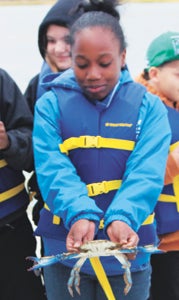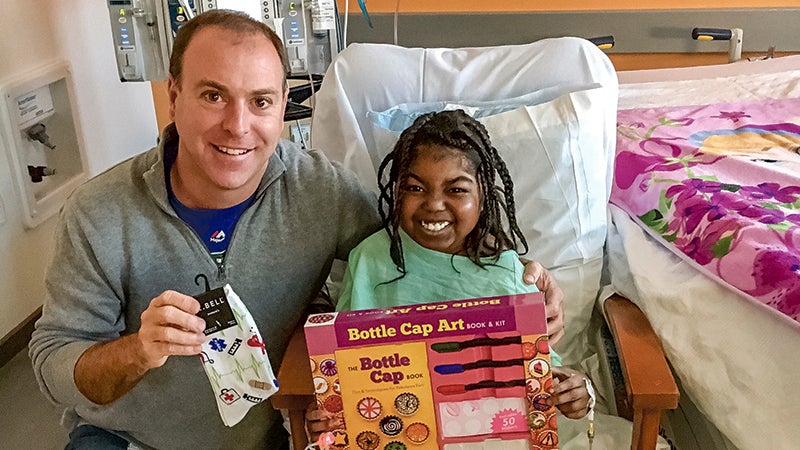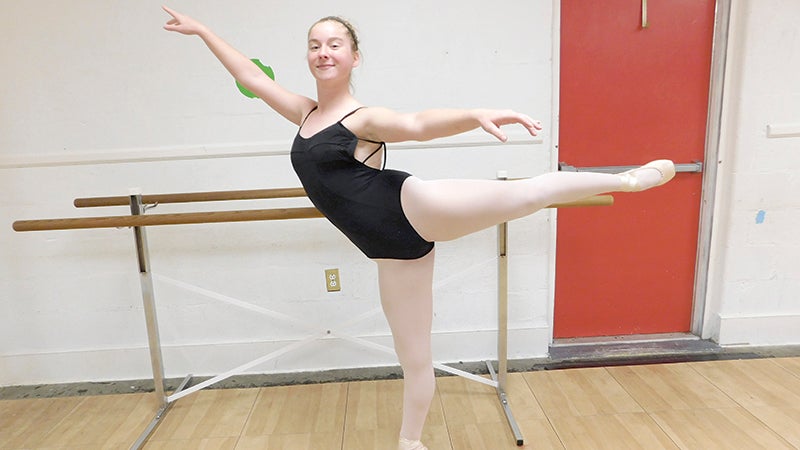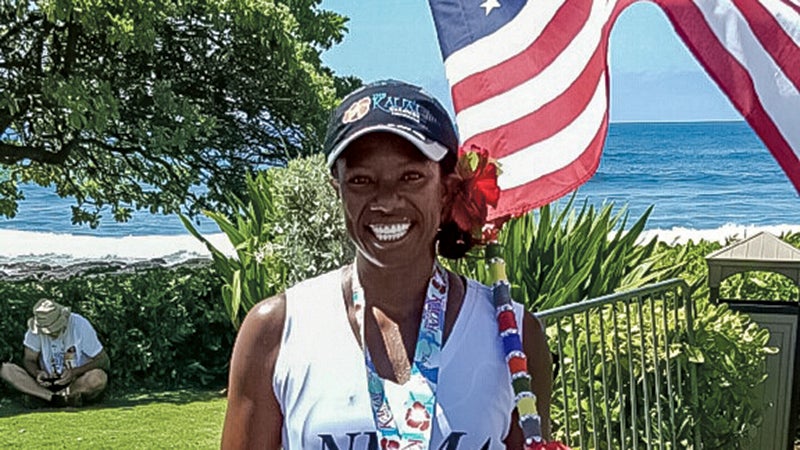Voyage of discovery
Published 10:08 pm Thursday, October 23, 2014

Tamir Geter “blesses the net,” to the delight of King’s Fork Middle School classmates Juwan Dildy and Clint Wright.
Seventh-grade students from city middle schools have been connecting the classroom to the environment this week, with boat trips on Chuckatuck Creek and the James River.
About 250 seventh-graders are taking the two-hour boat trip, said Elizabeth Taraski, executive director with the Nansemond River Preservation Alliance.
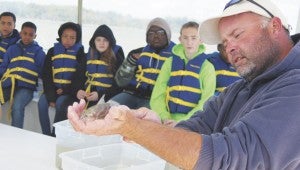
Chesapeake Bay Foundation educator Yancey Powell shows a critter to King’s Fork Middle School students.
With financial support from Keurig-Green Mountain Coffee and individual donors, the alliance contracted with the Chesapeake Bay Foundation to provide the educational experience, according to Taraksi.
Next week, she said, about 300 students will participate in marshland studies.
“It’s an outdoor classroom experience,” said Taraski, who thanked Volvo Penta, from whose marina at the end of Steeple Drive in the North Suffolk village of Eclipse the students departed.
King’s Fork Middle School students headed out on the “Bea Hayman Clark” on Thursday, one group earlier in the morning and another later in the morning and into the early afternoon.
John F. Kennedy and John Yeates middle-schoolers got their chance earlier in the week, while more King’s Fork Middle as well as Forest Glen Middle School students were going out Friday.
Out the creek, foundation educator Yancey Powell — leading the voyage with Capt. Jimmy Sollner — started in with a geography and history lesson, pointing out that the communities of Eclipse, Crittenden and Hobson, connected by the Chuckatuck, were largely founded on oyster harvesting.
“They would farm in the summer time and work oysters in the fall and the winter,” he said.
“A lot of your farms had docks where boats could come up, dock, and take the produce to Norfolk. And it might go on bigger ships to New York, Philadelphia, wherever.”
Powell explained the decline of watermen in the area — from many boats at the turn of the last century, he said, to two today — along with other cultural shifts.
“The folks in the village were much more connected to Newport News and Norfolk — by boat — than they were downtown Suffolk,” he said.
Powell had four students “bless the net,” a tradition that never fails to elicit a range of facial expressions, before it was cast into the James River and students heaved on a rope to pull it to the surface.
The marine biology lesson had begun.
Students got a chance to handle the fish, transferring them to transparent plastic tubs filled with water. Powell went through each species, explaining the features that help them defend themselves, find food, reproduce and ultimately survive.
A sea robin was a rare catch — Powell said it was only the second they’ve caught in eight trips.
“Do you think I’m going to think twice about eating him if he’s got spikes coming out of his head?” he asked the students, casting himself in the role of a larger fish contemplating lunching on a sea robin.
Sollner was the crab instructor. “Humans have few offspring and take care of them — supposedly. Crabs have millions, then go on about their way,” Sollman said.
King’s Fork Middle School student Nayeli Gutierrez, who sailed with the earlier group Thursday, was excited about the hands-on nature of the class.
Asked what she liked most, “Getting to hold fish and getting to study them,” she said.
“I never knew how many different kinds of fish there were out there.”
Science teacher Jennifer Thomas said students on the first session Thursday were most amazed by seeing a dolphin.


